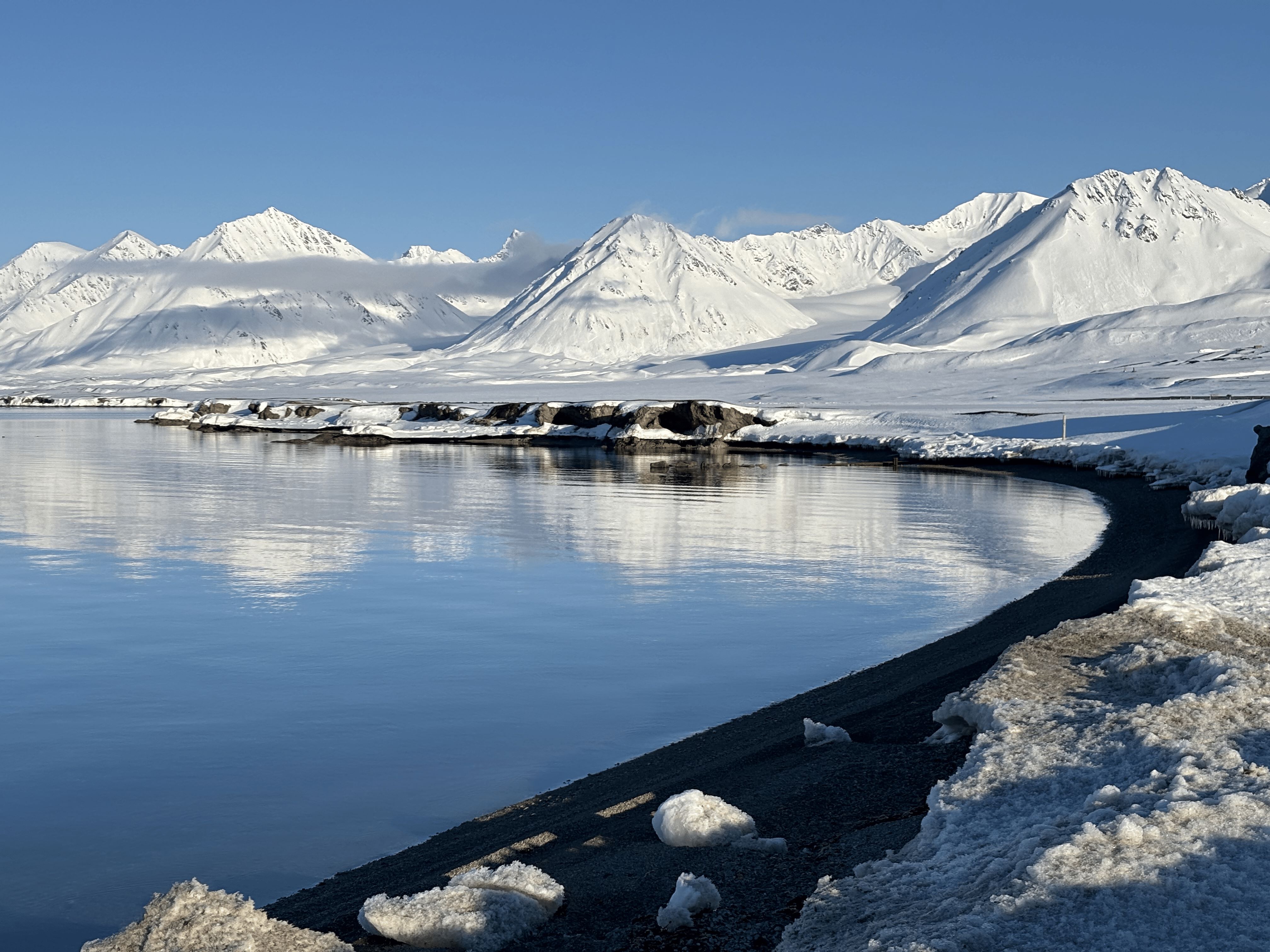
Svalbard Archipelago
An expedition to the Norwegian archipelago of Svalbard to study the growth and carbon sink potential of kelp forests, compared to those further south along Norway’s coast and elsewhere in the Arctic. This research will be a significant step forward in understanding carbon cycling by Arctic coastal ecosystems and the future carbon sink potential of these habitats.
This collaborative research is part of the BlueARC project, funded by the Research Council of Norway, and led by Dr Karen Filbee-Dexter.
Follow their voyage here.

